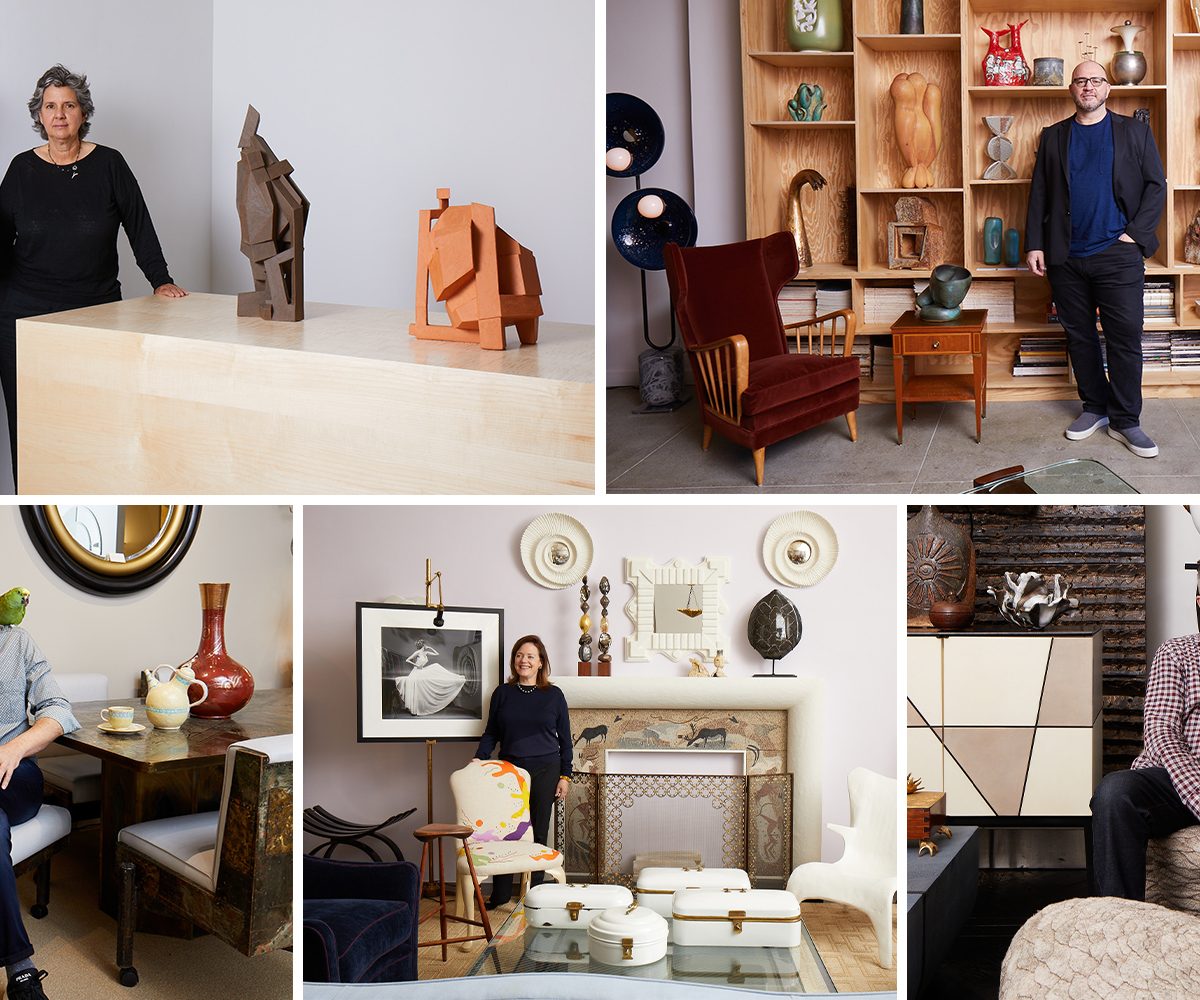
September 18, 2013The artist works from his home studio outside Istanbul. Photo by flufoto (Elif Cakirlar and Baris Aras) Top: Spring Time, 2013 is one of 14 works included in the new Paul Kasmin show of Taner Ceylan’s “The Lost Painting Series.” All images courtesy of the artist and Paul Kasmin Gallery
It’s not easy to step away from one of Taner Ceylan’s large oil paintings. The artist knows how to tell a story, and although his tales are rendered in extraordinary photorealist clarity, he leaves enough unsaid to create intrigue. And then there are his velvety smooth surfaces, detailed brushwork and a radiant light that seems to emanate from within. So it’s hard to understand why Ceylan — one of Turkey’s best-known contemporary artists — has received death threats for his work. But the artist has a penchant for provocative subjects, which is something, the artist says, that particularly stands out in Turkey, a predominantly Muslim country that has grown notably more conservative over the past decade.
Ceylan, 46, initially rose to fame with his striking homoerotic scenes of model-handsome men, sometimes engaged in pornographic acts — a taboo subject, to say the least, in Turkey. After some of his more incendiary paintings debuted in a group show in 2002 at Yeditepe University in Istanbul, where he served on the fine arts faculty, he was fired from his teaching position. This didn’t deter Ceylan, however, and he went on to show his work at Istanbul’s Galerist, one of the city’s top galleries. Over the past decade or so, his work has grown increasingly political, and the artist has become a prominent champion of freedom of expression. During the protests in Gezi Park this past June, for example, he continued to tweet to his thousands of followers despite the government-imposed media blackout.

1923, 2011
But the gentle-natured, soft-spoken Ceylan is really more of a dreamer than an instigator, and his paintings are less a platform to spout his beliefs than a stage for setting complex visual novels. “I don’t want trouble,” he insists. “I just want the truth to be known.” For his first solo show with his new gallery, New York’s Paul Kasmin, which opens today, Ceylan is presenting “The Lost Paintings Series” (2010-2013): 14 subtly subversive works that reference Orientalism — a longtime fixation of his — and touch on aspects of the Middle East’s history and culture that have been brushed under the rug over the centuries.
Born in Selb, Germany, to artistic Turkish parents, Ceylan moved with his family to Istanbul at the age of 16 — an experience that deeply informs his art. “Never having been to Turkey before, my vision of it was of beautiful palaces, mosques, bazaars, the sea — like an Orientalist painting from Western society,” he says. “But then I realized it was a cruel world here, with poor education, a bad healthcare system, a bad police state.”
He sought solace in the brush and went on to study painting at the city’s Mimar Sinan University, in a rigorous and extremely traditional program where Old Masters ruled. “It was forbidden even to paint a telephone or anything technical. You had to paint like it was the era of Rembrandt,” says the artist, who is well-versed in the history of art. Over the years, the Orientalist fantasies of Delacroix, Jean-Léon Gérôme and other romantic 18th-century painters lit a fire in his belly. In his recent body of work, he takes aim at their romanticized visions of the Ottoman Empire and the East.
“I don’t want trouble. I just want the truth to be known.” -Taner Ceylan

Left: Cage of Flesh, 2012; Right: Fake World, 2011

1881, 2010
“I call them the ‘Lost’ paintings because I’m trying to paint subjects that were not painted, that were lost to history,” he says. “What we are shown of our history, Orientalist paintings, are fairy tales of the East.” The striking portrait 1881 (2010), for example, shows a handsome, fez-bearing pasha — a high-ranking male, akin to a lord, in the Ottoman Empire — gazing directly at the viewer with sparkling, narrowed eyes, while his lips part to expel a curling trail of transparent smoke. He’s seductive and slightly aggressive, something “you would not see in history,” says Ceylan. “Pashas were portrayed very innocently, painted with red cheeks. Here, rather, his eyes say, ‘I can sell you anything — even my country. Let’s talk money.’” The homoeroticism is present as well, adding another intriguing narrative layer.
Ceylan takes the motif a step further in Spring Time, 2013, which shows a Gérôme-inspired man smoking, wearing a silk headscarf, an exotic animal skin and a jeweled necklace. A backdrop of blue-and-white tiles evokes Turkish baths, but these squares bear Louis Vuitton’s “LV” insignia. “He’s an Arab prince, living with unlimited luxuries, while people are dying to make revolution,” says Ceylan.
The series is clearly Orientalist in style and subject, but a cool crispness makes the pieces distinctly contemporary. Although trained like an Old Master, Ceylan has a thoroughly 21st-century approach, painting his figures from hundreds of photographs he takes. Photographers Nan Goldin and Terry Richardson have particularly inspired him, he says, and he “lights” some of his paintings in a similar style. Their influence is also clear in the emotional charge Ceylan creates between viewer and sitter. It’s not surprising to learn he’s usually deeply connected to his models. His boyfriend, Alp, is one of his primary muses, he says, but he also paints men he has met who have “put a spell” on him.

Birth of Hope, 2013
Ceylan’s labor-intensive process is far more complex than merely painting from a photo. Working in a small studio, in the living room of his modest house outside of Istanbul, he’ll take hundreds of shots during a photo session, which he then splices and arranges digitally until he has just the right effect. The painting process gives him a chance to bring in “more mysticism and emotions, to play with elements like light, gestures, facial expressions,” he says. It takes him more than three months to finish a work and sometimes longer when he has special feelings for a sitter. “Sometimes I don’t want to say goodbye to them, so I’ll paint just one more hair…a little more skin,” he laughs.
“He is constantly working, but his output isn’t huge,” says gallerist Kasmin, who points out that it’s only every four years or so that Ceylan can present an exhibition with as many works as there are in “The Lost Paintings Series.” Kasmin has shown two of Ceylan’s paintings from the series before, at art fairs, but this is the first time the others will be on view.
There’s also a strong visceral appeal in works that don’t show people. Take, for example, Birth of Hope, 2013, which Kasmin exhibited at Frieze New York this past spring. It depicts a victorious-looking, bright-white peacock dripping with blood from a human hand that lies limp just beneath it. The effect of the swirling deep-red, viscous blood in the bird’s soft pristine feathers is captivating. The piece, says Ceylan, is about the mix of beauty and cruelty that has long defined the Middle East.
“It’s extraordinary that someone in this day and age is painting in this way,” says Kasmin. “It’s truly a labor of love, and it’s magical that such artists can do what they do.”


